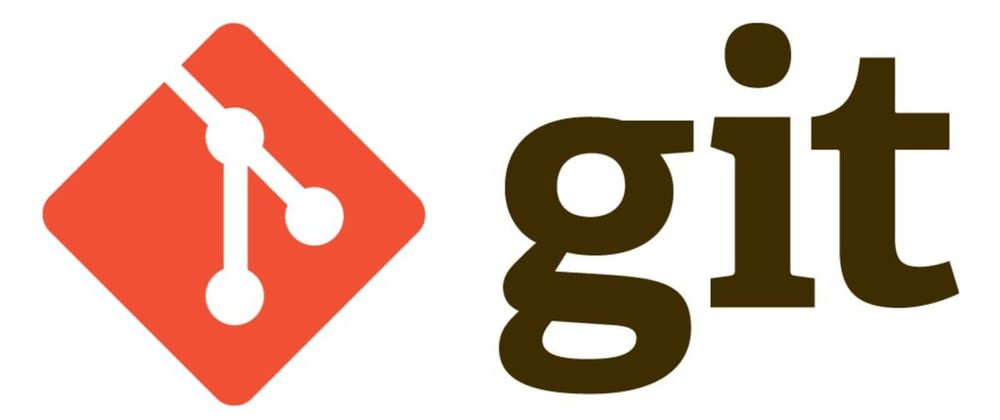Git commits are everywhere, and you might be generating more than 1k commits over a year. So it becomes crucial to understand that commit should be structured and created in a scalable manner.
Why bother?
Writing better commits can make the difference between your debugging session lasting 1 hour to a few minutes.
With good commits, it's easier for anyone to understand the progress of a project and get up to speed.
It also allows reviewers to understand your progress during the resolution of an issue clearly.
Generating good commits will allow you to track back changes/issues to a specific module/file and associate it to the code easily.
They enable you to understand how the issue crept in the codebase and how you can easily resolve it.
Good commit messages can save you the hassle while creating release notes
What are good commits?
Modular
A commit should be modular in nature, just like our codebase. Each commit should encapsulate a single logical idea only that might span over several changes but as a whole is a single related group of changes.
E.g., add CSS to a component, change the margin of all pages, strong typing your functions, etc.
Type of Commit
Categorising your commits into types will clarify what type of change it made and be instantly identified. I usually keep a template file that contains those types, so I don't have to remember them :P
Some of the subtypes can be a chore, feat, fix, refactor, style, etc. What meaning does each carry can vary based on your team or you as an individual as well. Below are the types that I use in my commits :
- feat: new feature
- fix: bug fix
- refactor: refactoring production code
- style: formatting, missing semicolons, etc.; no code change
- docs: changes to documentation
- test: adding or refactoring tests no production code change
- chore: updating dependencies etc. no production code change
Description
A commit message except for the subject line limited to 50 chars should include a description broken into 72 char lines/line. The description is separated from the subject by a blank line. The description should try to cover things like :
- the current behaviour,
- what change are you making?
- why this fix is needed?
- why take the current approach for this change?
Commit message should be in the future tense, i.e. 'Fix' vs 'Fixed.'
Bonus Treats
You can specify a template for your git commits by adding the following config to your $HOME/.gitconfig
[commit]
template = ~/path/to/template
My template looks like this, which allows constraining the number of characters in the subject and description line. I also add the types and just in case I don't remember :'(
# <type>: <subject>
##### Subject 50 characters ################# -> |
# Body Message
######## Body 72 characters ####################################### -> |
# --- COMMIT END ---
# Type can be
# feat : new feature
# fix : bug fix
# refactor: refactoring production code
# style : formatting, missing semi colons, etc; no code change
# docs : changes to documentation
# test : adding or refactoring tests
# no production code change
# chore : updating grunt tasks etc
# no production code change
Note: For your template to be prompted, you have to use git commit.
This is my first post hope you liked it =)











Latest comments (2)
Nice post. Thanks for the template :)
Happy to help :)